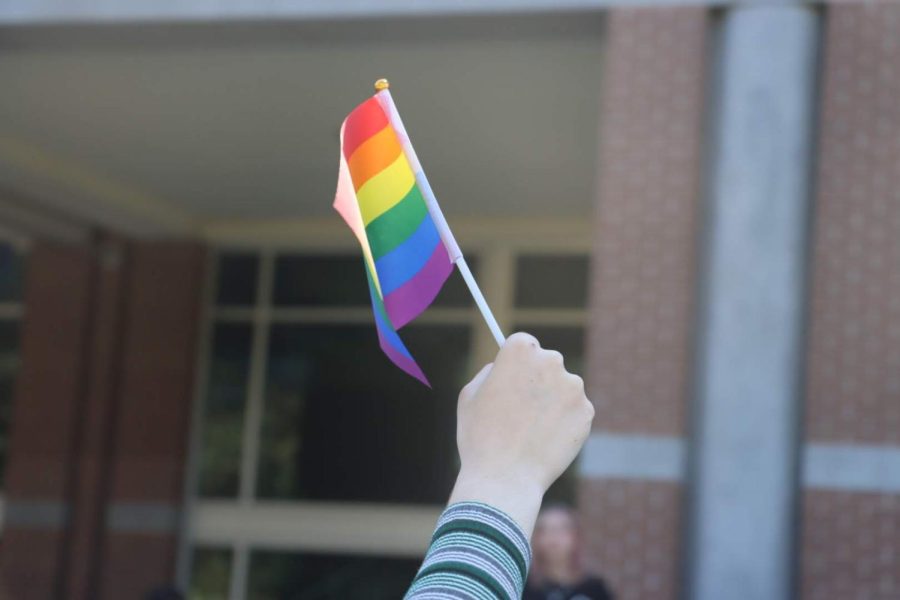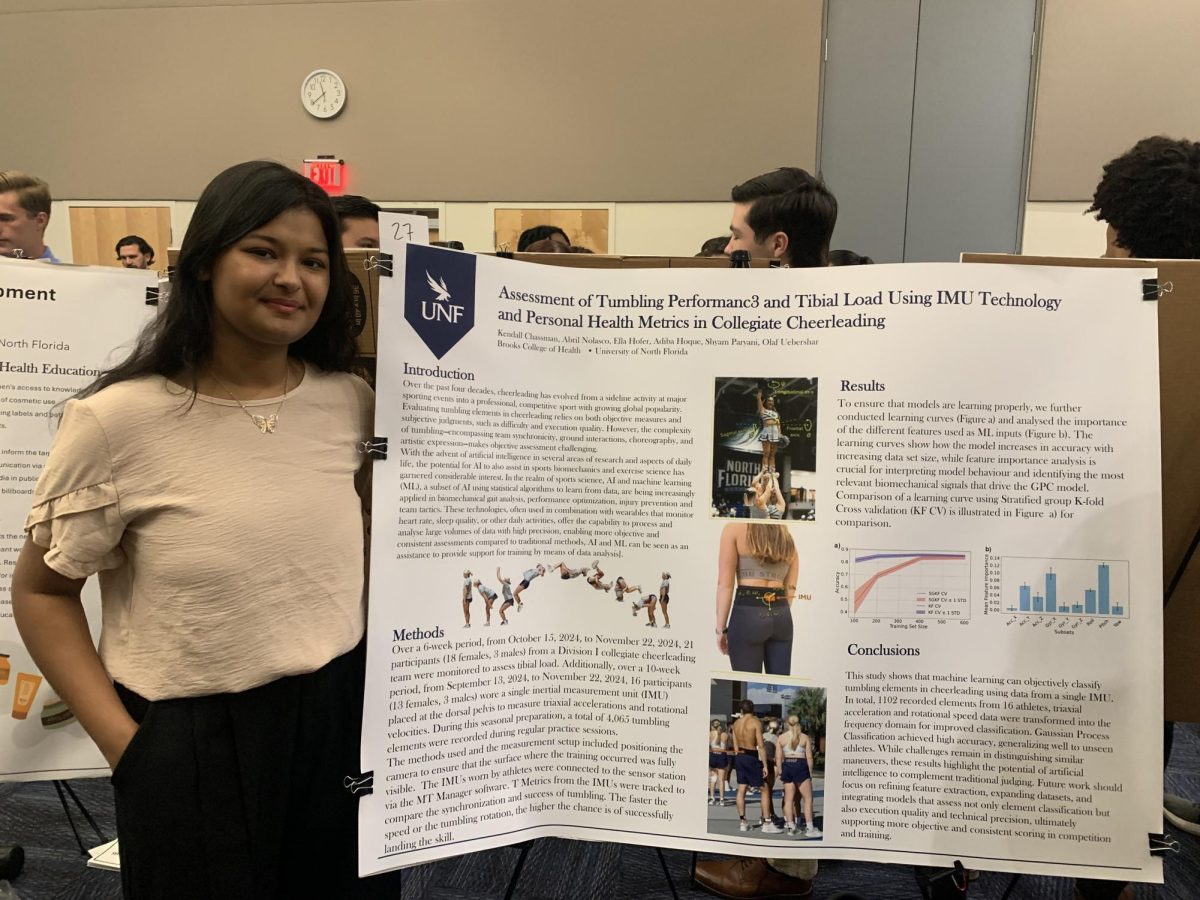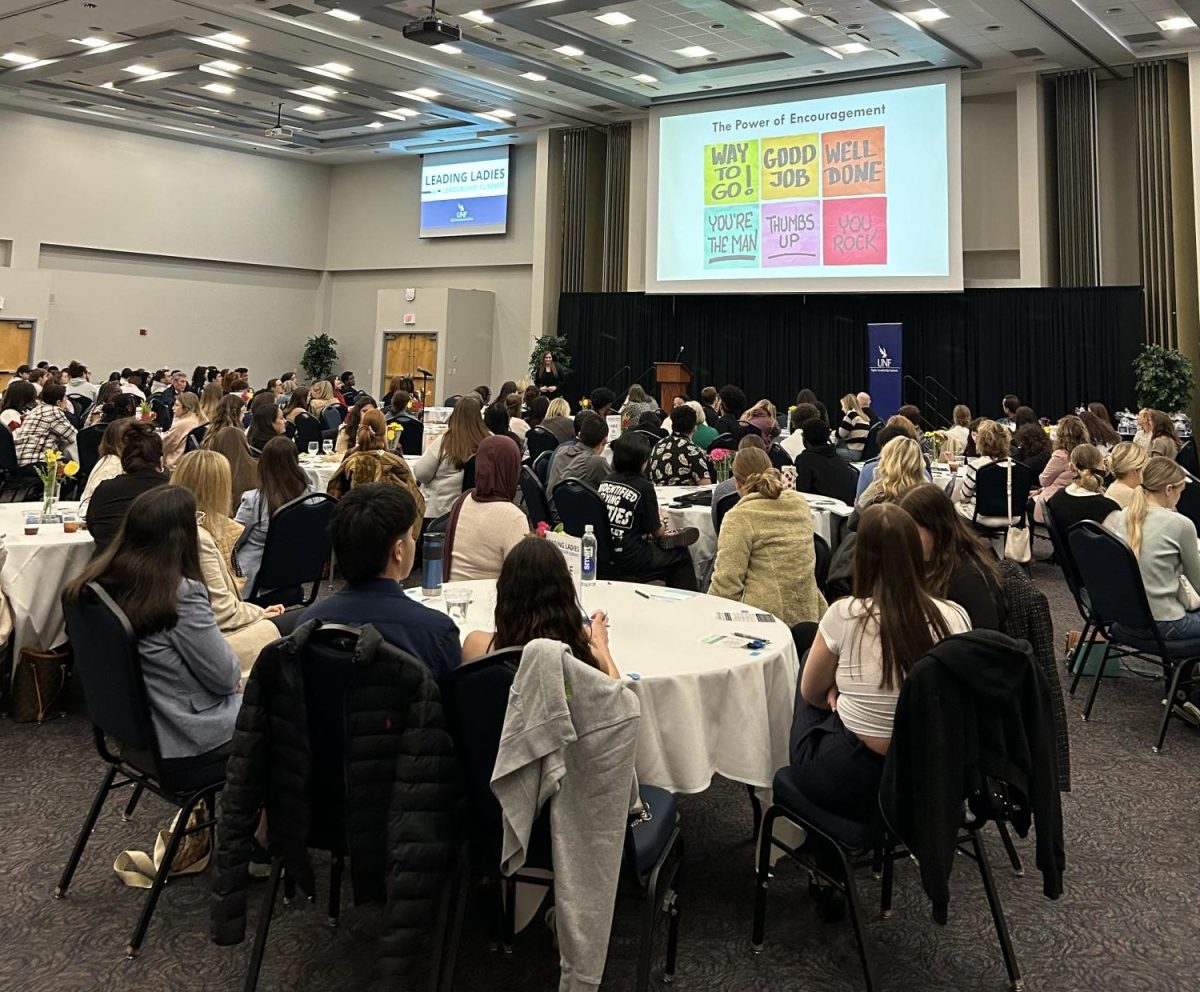It has now been a year since the coronavirus pandemic took off in the United States. While the road has been long and bumpy, there is seemingly a new hope on the horizon after President Joe Biden told Americans that they can expect every adult in the U.S to have a vaccine by the end of May 2021.
Here is a timeline of what has happened in the U.S. with COVID-19 so far:
Jan. 2020 –
We saw the first case of COVID-19 in the United States after a man in Washington in his late 30s developed symptoms after traveling to Wuhan, China. After thousands of confirmed cases in China, the World Health Organization (W.H.O) declared a “public health emergency,” and The U.S State Department warned against traveling to China. The Trump administration suspended all travel into the United States by any foreign nationals who had traveled to China in the past 14 days. This excluded immediate family members of American citizens or permanent residents.
Feb. 2020 –
On Feb. 29, 2020 there was the first reported death by the coronavirus in the United States. A patient near Seattle died. Later, it was discovered that two people died earlier than that due to COVID-19.
March 2020 –
The Centers for Disease Control and Prevention (CDC) advised no gatherings of 50 or more people in the United States over the next eight weeks. The recommendation included weddings, festivals, parades, concerts, sporting events and conferences. Former President Donald Trump told citizens to avoid groups of more than 10. Schools across the country began to close. The United States began to lead the world in confirmed cases with 81,321 infections and over 1,000 deaths. At the time, this was more confirmed cases than both China and Italy.
April 2020 –
By the start of April, the pandemic had put about 10 million Americans out of work and had 6.6 million people applying for unemployment in the last week of March. This last week in March was the worst week of unemployment filings since 1982. Then health officials in Santa Clara County California found out about the two earlier COVID-19 deaths on Feb. 6 and Feb. 17 by studying autopsy reports. This moved the timeline of the virus’s spread in the United States weeks earlier than was previously expected.
May 2020-
Over 100,000 people were reported dead from the coronavirus. The death toll exceeded that of all other countries.
June 2020 –
For three straight days in a row Florida and South Carolina broke single-day records of new coronavirus cases. The United States reported more than 30,000 new infections on June 19. Cases climbed predominantly in the South, West, and Midwest.
July 2020-
By July, over five million Americans had lost health insurance. The United States recorded more than 1.9 million new infections in July.
Aug. 2020 –
The CDC started to form a plan for distributing a coronavirus vaccine. The University of Notre Dame announced that it would move to online instruction for two weeks to curb the spread of outbreaks. A day before this announcement, the University of North Carolina at Chapel Hill became the first university to close down after students returned, due to alarming infection rates. Many universities continued to operate either fully or partially online.
Sept. 2020 –
In September, 51,000 cases of COVID-19 were detected on U.S college campuses. The Midwest saw a huge rise in cases. By Sept. 22, the death toll in the United States passed 200,000.
Oct. 2020 –
President Trump announced on Oct. 2 that he and the first lady had tested positive for coronavirus. Trump was reported to have a fever, congestion, and cough and was hospitalized at Walter Reed National Military Medical Center until Oct. 5 when he returned to the White House.
Nov. 2020 –
Coronavirus infections at U.S colleges hit a quarter million as many colleges struggled to contain the spread. The majority of cases were due to the fact that students were returning to school all at once after summer. By Nov. 8, the United States had 10 million coronavirus cases and by Nov. 18, there were 250,000 reported coronavirus related deaths. Infections continued to get worse in the Midwest region. Americans were encouraged to avoid large gatherings over the holidays and host virtual ones instead.
Dec. 2020 –
The F.D.A approved Pfizer’s COVID-19 vaccine under emergency use on Dec. 11. This allowed millions to start receiving the vaccine. The same vaccine was approved by other countries as well. By Dec. 14, the coronavirus death roll surpassed 300,000 and COVID-19 surpassed heart disease as the leading cause of death in the United States, according to Robert Redfield, the Centers for Disease Control and Prevention director. On Dec. 18, the F.D.A also historically approved the Moderna COVID-19 vaccine under emergency use. Doses began shipping out.
Jan. 2021 –
The United States passed 26 million COVID-19 cases. Vaccines began to be distributed.
As we still deal with the coronavirus pandemic, only time will tell when it will officially end.
___
For more information or news tips, or if you see an error in this story or have any compliments or concerns, contact editor@unfspinnaker.com.















